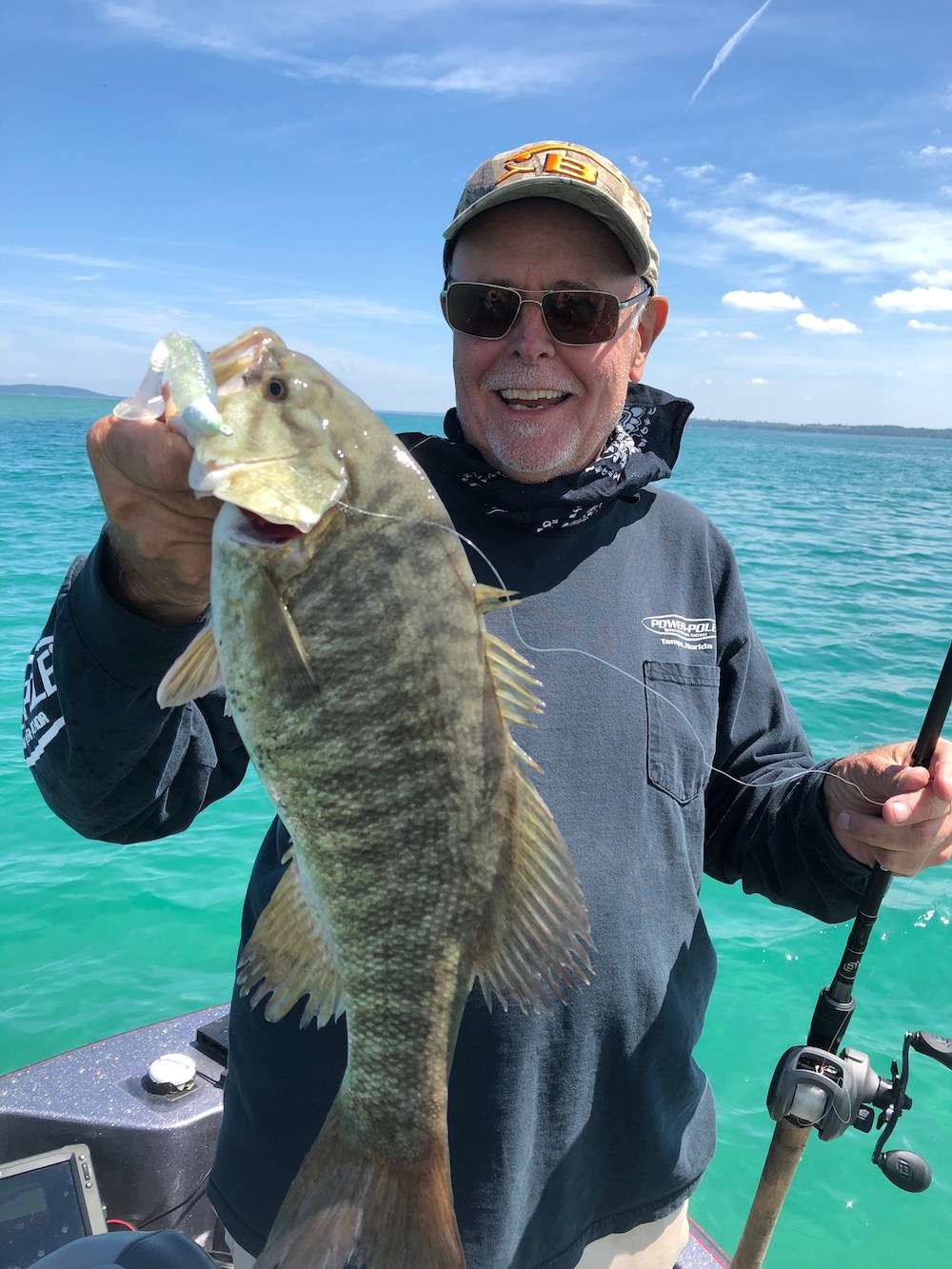
Leading BASS pros realize that the bass, like all predators, is intently aware of its surroundings and constantly on the alert for danger, and that a stealthy angling approach usually results in a bigger catch. Here’s how pros maintain a lower profile for a higher success rate.
STEALTHY BANK FISHING
Bank fishermen can significantly reduce their presence by following a few simple guidelines.
Bass in ponds and small lakes often relate strongly to the shoreline, a fact that becomes evident when you see bass wakes shooting away from the bank as you walk up to the water’s edge. Approach quietly, then make your initial casts while you’re still several yards away from the water.
In clear ponds and lakes, bass have good to excellent visibility and can easily detect movement at the water’s edge. Positioning yourself close to a shoreline tree or bush while making sidearm vs. overhead casts helps you blend into your surroundings and makes you less visible to bass. Wearing muted or camouflaged shirts, jackets and hats can help conceal you, as well.
Trying to jerk a hung lure out of submerged brush or weeds will disturb the cover and spook bass that are lurking there, so use lures that are unlikely to hang up in cover. Spinnerbaits, weedless spoons, Texas rigged Trick Worms and surface frogs are snag-resistant lures that have a proven track record of catching big bass in small waters.
STEALTHY BOAT OPERATION
You can take steps to help keep your boat from spooking bass, especially when fishing shallow water.
Don’t roar up to the spot you intend to fish, then throttle back abruptly so your boat sends waves crashing against the bank. This action can put every bass in the area on red alert. Instead, slow down a reasonable distance from your target, then idle up to it.
Once you’ve arrived at a shallow fishing spot, trim your outboard up high enough so the lower unit isn’t dragging bottom but still provides a rudder for easier boat control.
Stealthy trolling motor operation will greatly reduce your presence to bass. Ease the motor into the water — don’t drop it! Adjust the shaft height so the motor isn’t banging the bottom, kicking up mud or hitting underwater objects. And instead of repeatedly hitting the motor’s on/off switch, keep the motor on a constant slow to medium speed — bass adjust more readily to a constant sound than an intermittent one.
In high winds or current, anchoring your boat can be stealthier (and less fatiguing) than battling the elements with your trolling motor. Many BASS pros have one or two Power-Pole Shallow Water Anchors on their boat (www.power-pole.com); these deploy automatically to “lock down” the boat, allowing the angler to fish a spot such as a point or flat thoroughly without touching the trolling motor. When using a standard anchor, lower it into the water gently; don’t toss it overboard.
Bass can hear the pulse or “ping” from your sonar unit, so once you’ve pinpointed an area you want to fish, turning off your electronics may result in more bites.
Learn to pitch. A pitched lure skims over the water for a much quieter entry than is possible with overhead casting.





